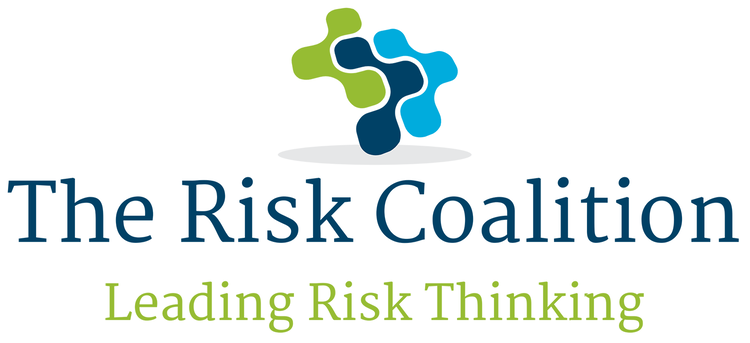Chances are that when we do have the time to contemplate risk, we do so on behalf of the companies we serve rather than for ourselves. How well, for example, do we understand the ways in which our liability insurance protections work and whether and, if so, how they will respond in the event of a claim or investigation against us? Perhaps we assume that our employers have sorted out these issues for us? Maybe subconsciously we assess the risk as “low incidence”and therefore place it towards the bottom of the pile.
There are two main dangers with this approach:
Company insolvency - Self-evidently if the company is no longer around it is unable to protect you. More specifically any indemnity you have immediately becomes worthless and the only recourse available to you is through directors’ and officers’ liability insurance. Perhaps less obviously, at precisely the point when the company becomes insolvent it also becomes a potentially hostile vehicle through which claims may be pursued against you to the extent you have been concerned in the management of the company’s affairs.
Conflicts of interest - The number of occasions in which employers bring claims against senior executives in the absence of misfeasance or dishonesty is very small. A more common but less well understood phenomenon is a situation in which the interests of the company and the individual diverge. That is particularly the case, for example, in the context of regulatory investigations which involve the company and an employee or former employee. In this situation the company’s interest is to protect its brand and reputation, settle with the regulator and move on. Not infrequently, a settlement of this kind with the regulator requires the employer to “cooperate” by and facilitating the regulator in its investigation against the individuals.
The best way to combat these dangers is to take steps to gain a better understanding of what is likely to be covered by a directors and officers liability insurance wording and, equally importantly, what is not covered. But how? It's a bit like one of Donald Rumsfeld’s known unknowns. How do you go about assessing what good looks like in this space? The trouble is no two D&O policies are the same and, as the recent controversy concerning business interruption insurance for small businesses which ended up in Supreme Court has shown, the meaning of the words in the insurance contract matter very much.
Here are two suggestions:
Take this NEDonBoard survey and assess your level of confidence that you know the correct answers, and/or
Seek appropriate professional advice in answering these ten questions focused on the same subject.
In doing either or both of these things there is no guarantee that you will reduce the risk of a claim against you but you will at least have better informed yourself as to what to expect and what do in the event you are caught up in a claim.
Francis Kean is Partner (Financial Lines) at McGill and Partners

